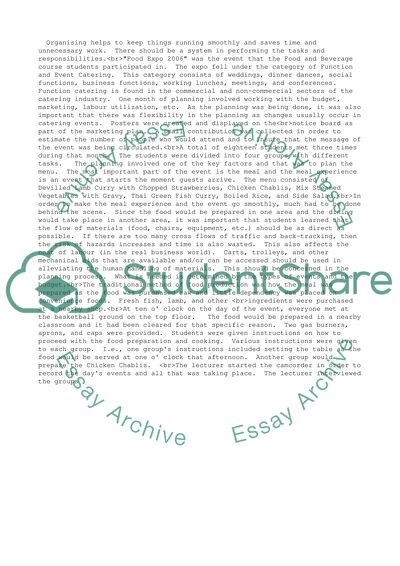Cite this document
(“Food & Beverage Operations Case Study Example | Topics and Well Written Essays - 5000 words”, n.d.)
Retrieved from https://studentshare.org/business/1527520-food-beverage-operations
Retrieved from https://studentshare.org/business/1527520-food-beverage-operations
(Food & Beverage Operations Case Study Example | Topics and Well Written Essays - 5000 Words)
https://studentshare.org/business/1527520-food-beverage-operations.
https://studentshare.org/business/1527520-food-beverage-operations.
“Food & Beverage Operations Case Study Example | Topics and Well Written Essays - 5000 Words”, n.d. https://studentshare.org/business/1527520-food-beverage-operations.


